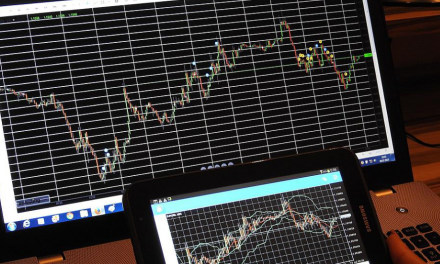Market Analysis: Metaverse on Pace to Reach $1.6 Trillion by 2030
The global metaverse market is set to experience significant growth, reaching a projected size of USD 1,615.32 Billion by 2030, according to market dynamics analysis. The market is driven by the rising popularity of Augmented Reality (AR), Virtual Reality (VR), and Mixed Reality (MR). In recent years, tech giants such as Meta, Microsoft, and Google, as well as VR platforms like gear VR, PlayStation VR, and stream VR, have invested billions in this new space and virtual worlds.
Defining the Metaverse: Innovative Technologies and Blockchain-based Digital Play-to-Earn Platforms
The metaverse is broadly defined as the use of innovative technologies such as virtual and augmented reality to create a limitless virtual reality. This has led people across the globe to invest in blockchain-based digital play-to-earn platforms, which has resulted in the mainstream adoption of cryptocurrencies.
As the popularity of the metaverse continues to grow, it has created new investment opportunities in a variety of industries, including digital design products and digital real estate, and has raised the sophistication of the crypto sphere. For instance, the addition of metaverse token Decentraland to the cryptocurrency platform Public has fueled the growth of the market.
Opportunities in Various Industries: Art Galleries, Leasing, and Data Analytics
The metaverse offers profitable potential for various companies engaged in different markets and industries. Art galleries are one of the most prevalent marketing strategies in the metaverse, and Non-Fungible Tokens (NFTs) can be used to buy works of art, providing options to make revenue. Leasing, purchasing, and selling digital property, as seen in ideas like MetaEstate and Voxel Architects, are also gaining popularity.
In addition, there is potential for both established players and new competitors in the end-use markets for data analytics. The metaverse provides a wealth of data that can be analyzed to provide insights into user behavior and preferences, which can inform marketing strategies and product development.
Market Dynamics: Driver and Restraint
The growth of the market for cryptocurrency gaming is contributing to the expansion of the metaverse market. A growing number of investors are also investing in this space. Game creators are exploring the play-to-earn model, where players earn tokens or items that have real-world value, which is adding to the market growth. However, challenges in creating a unified system to verify owners of virtual assets pose a significant restraint to the revenue growth of the market.
Competitive Landscape: Key Players in the Global Market
The global metaverse market is dominated by a small number of key players operating at both global and regional levels. These players are focused on developing new products and forming strategic alliances in order to expand their product portfolios and strengthen their position in the global market. Major players in the market include Meta, Microsoft, NetEase, Inc., Electronic Arts Inc., Take-Two Interactive Software, Inc., Epic Games, Inc., Unity Technologies, Valve Corporation, Accenture, and Adobe.
Key Initiatives: Meta’s Partnership with Ray-Ban
These market players are driving market growth through various initiatives. For example, in September 2021, Meta partnered with Ray-Ban to develop the first-generation smart glasses called Ray-Ban Stories. These glasses have dual embedded 5MP cameras, allowing users to record live events from a first-person perspective. Meta also announced that it would spend USD 150.0 million on training the next generation of content producers to create more immersive learning materials.
Source: Research and Markets





